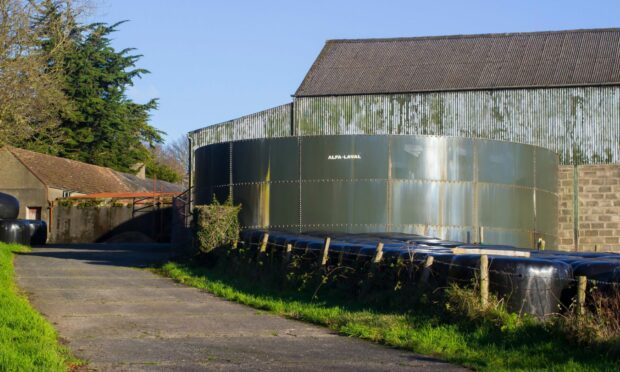The next Scottish Agri-Environment Climate Scheme (AECS) funding round will open at the end of this month.
However, the measures it will support appear to have been pared back this year, and while the Scottish Government’s Rural Affairs Secretary, Mairi Gougeon revealed that 680 rural businesses with projects will share more than £14 million from the 2022 AECS, she gave no indication of the 2023 budget.
The government has also announced that this year’s £5 million Agriculture Transformation Fund (ATF) will extend support for slurry storage and digestate on farms – a measure that was welcomed by the farmers’ union as farmers prepare to meet the demanding requirements of the Water Environment (Controlled Activities) (Scotland) Amendment Regulations 2021.
Ms Gougeon said: “The £5 million in additional support we are announcing today will also help improve the management of slurry and digestate on farms, helping to reduce harmful ammonia emissions.”
NFU Scotland (NFUS) welcomed the announcements but pointed out that popular AECS measures that supported improving public access, bracken control, drystone dyke maintenance, muirburn and heather control are no longer eligible, and support for hedgerow creation has also been capped.
NFUS policy director, Jonnie Hall said: “This is disappointing, as such agri-environment actions can deliver significant benefits without overcomplicated and costly prescriptions.
“That also applies to the new cap being applied to the creation of hedgerows option of 500 metres.
“The absence of improving public access is a significant blow, given the ongoing need to ensure safe and responsible access for all those that want to enjoy Scotland’s rich and varied landscape.
However, Mr Hall said the £5 million ATF was a significant step towards helping a significant number of businesses to sector to reduce greenhouse gas emissions and improve efficiency.
“Whether this will be sufficient funding remains to be seen,” he added.
“However, it is clear recognition that ambitions to reduce emissions cannot come at the cost of eroding and challenging locations, such as the Kintyre milk field.”












